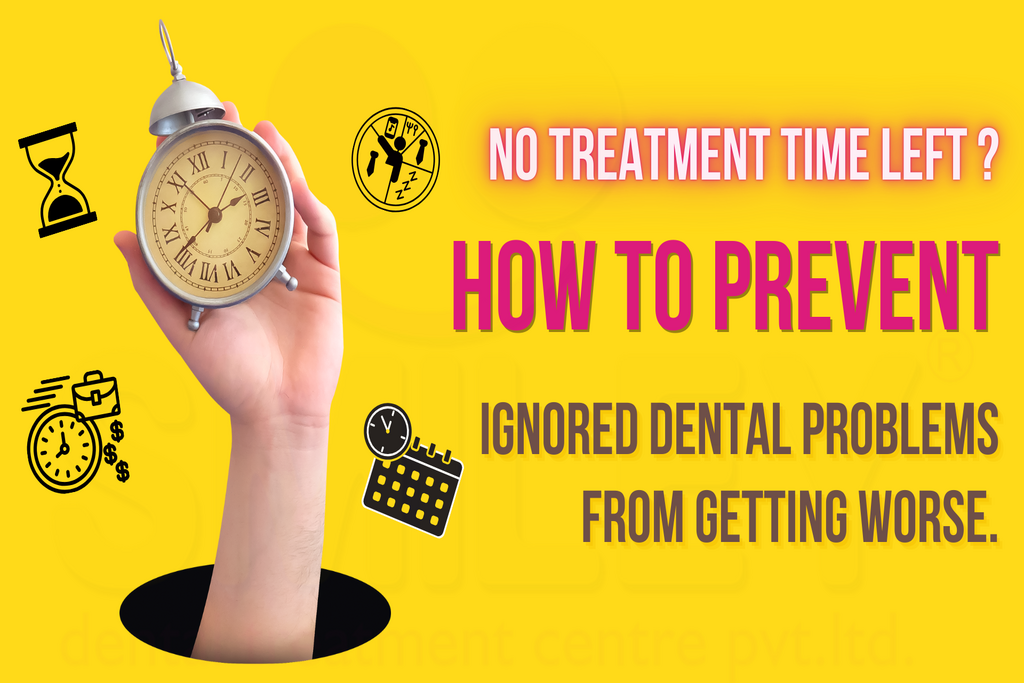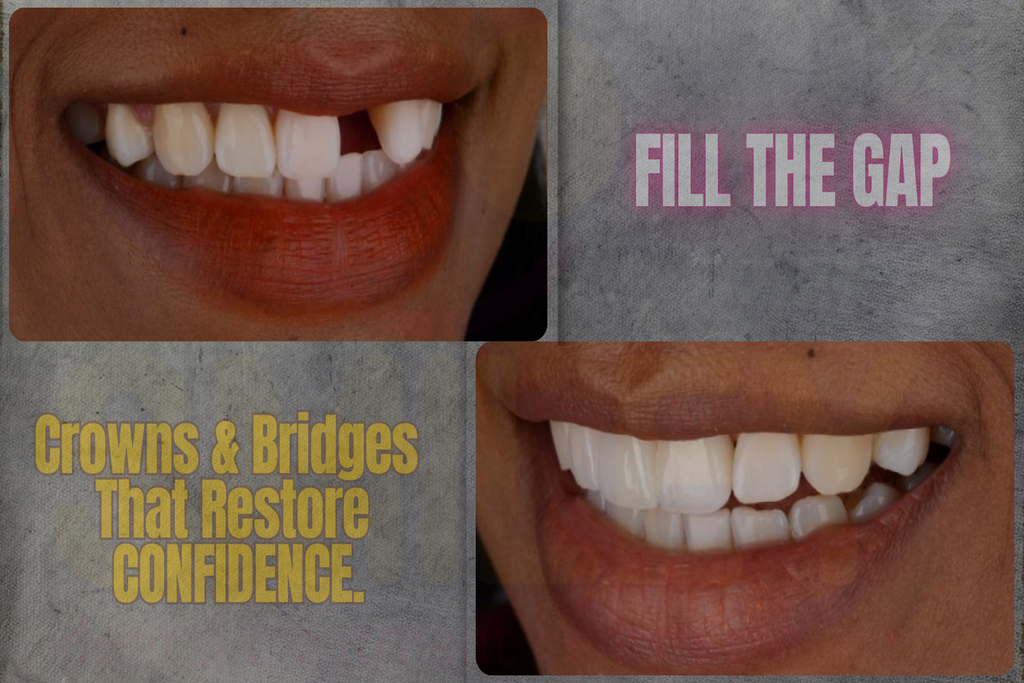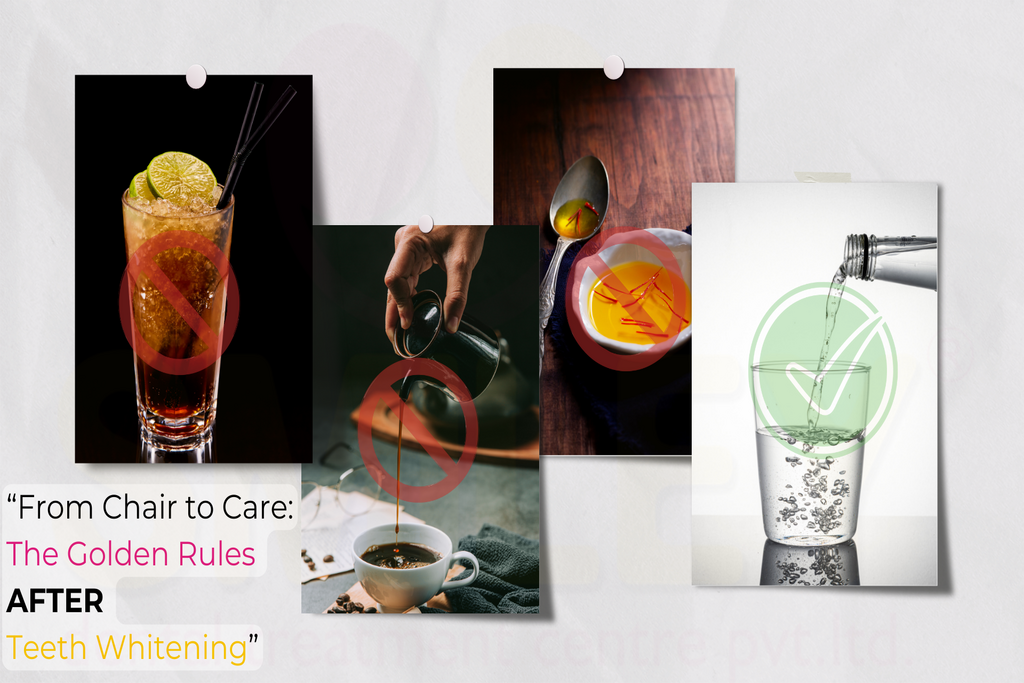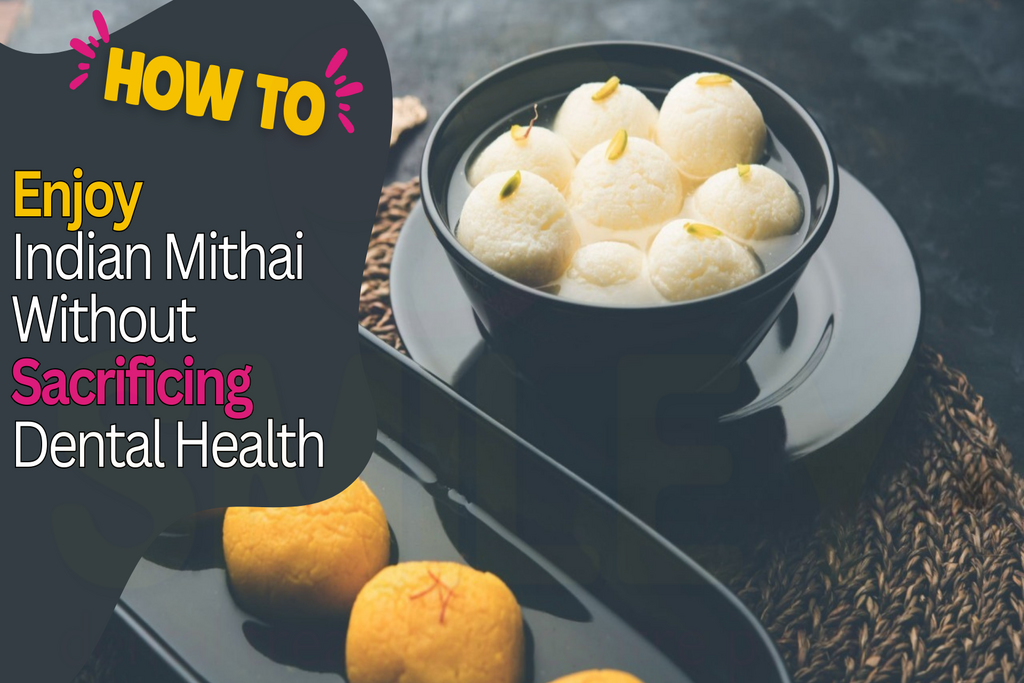Introduction: The Dilemma of Dental Pain
In the Indian context, when a toothache strikes, people often ask: “Should I just get it removed?” or “Can it be saved?” At most dental clinics, this decision typically boils down to choosing between a root canal treatment (RCT) or a tooth extraction. For the quality-conscious individual—be it a professional, a homemaker, or a senior citizen—the right choice can preserve not just oral health, but your entire lifestyle and wellbeing.
But let’s get this straight: saving your natural tooth is almost always the better choice.
Why Preservation Matters: It’s More Than Just a Tooth
Natural teeth provide functionality, aesthetics, and structural support to your jaw. When one is removed unnecessarily, it can start a domino effect:
- Bone Loss: Post-extraction, the jawbone begins to resorb, leading to structural changes in the face.
- Tooth Drift & Misalignment: The adjacent teeth may shift, disrupting your bite.
- Compromised Chewing: Especially with Indian diets rich in complex carbs, pulses, and fibrous vegetables, losing a molar reduces chewing efficiency, affecting digestion.
- Speech Alterations: Missing teeth can impact pronunciation and confidence in social/professional settings.
Root Canal: Science-Backed Preservation
RCT has evolved significantly, making it a predictable and safe treatment. Studies from the Journal of Endodontics (2018) found a 95% success rate when RCT is done properly with follow-ups. A 10-year longitudinal study published in The International Dental Journal noted that retained natural teeth through RCT reduced long-term prosthetic dependency and preserved jawbone density.
In India, however, outdated perceptions still linger—many think RCT is painful or ineffective. But with modern techniques and equipment, a good dentist can now complete an RCT almost painlessly in one or two sessions.
What Google Doesn’t Emphasize Enough
Search engines are flooded with incomplete advice and anecdotal remedies. For example, many blogs suggest extractions to be quicker and cheaper, ignoring the long-term costs of implants or bridges. Some even advocate pulling the tooth to “avoid further infection” without context—a dangerous simplification.
This misinformation often leads to premature extractions, especially among people self-diagnosing using Google, WhatsApp forwards, or influencer reels with no dental qualifications.
Understanding the Indian Neglect Towards Oral Health
Cultural attitudes also play a role. Dental pain is often tolerated until it becomes unbearable. Routine checkups are rare among Indian adults, especially in Tier 2 and Tier 3 cities. High-sugar diets, acidic foods, and chewing tobacco worsen decay—but dental visits are delayed unless there’s pain.
However, by the time pain arises, the decay has often reached the nerve. This is when RCT becomes necessary, and if ignored, even that may no longer be an option—leading to extraction. The key lies in early intervention at a reputable dental clinic.
When Extraction Is the Better Choice
There are cases when extraction becomes necessary:
- The tooth is fractured below the gum line.
- Severe bone loss around the tooth.
- Non-restorable decay.
- In certain orthodontic or prosthetic cases.
Even then, a dentist should always explain the options and risks, including post-extraction solutions like implants, which carry their own set of complications and costs.
Conclusion: Choose Conservation Over Convenience
While extraction may seem quick and easy, it’s usually a short-term fix with long-term consequences. Root canal therapy, done properly by a qualified dentist, is a safe and reliable way to maintain your natural bite, speech, and smile.
So next time you’re faced with the “pull or preserve” decision, ask your dental clinic for a thorough evaluation and trust the science—not the search engine.
Edited by Dr Sourav Ghosh (MDS); Gold Medalist
Clinical Head at Smiley Dental Treatment Centre Pvt Ltd

















